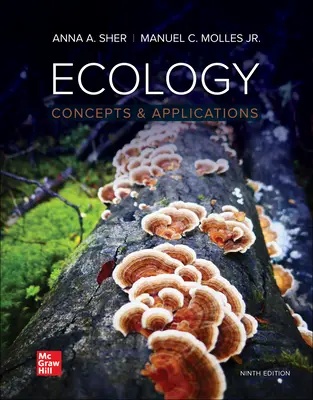 Ecology
by
Manuel C. Molles; Anna Sher
Ecology
by
Manuel C. Molles; Anna Sher
Lesson 8: Readings
Primary production is the production of organic matter by autotrophs. Factors that influence primary production are discussed, as well as bottom-up and top-down controls on ecosystem structure. Bottom-up controls are abiotic environmental features, such as water availability, temperature, and soil nutrients, that typically affect autotrophs directly. (Note: please do not confuse this term with “bottoms-up”, a drinking term, which is a common mistake among those not familiar with design theory). Top-down controls refer to the effects of consumers on the abundance and distribution of the prey and food sources that they consume.
Chemical cycles (eg., phosphorus, nitrogen, carbon) and the decomposition of organic matter
How ecosystems can change over time (succession)
Lesson 9: Readings
In ecology, a “landscape” is a large area that consists of distinct patches, such as a river valley with the river at its base, a riparian forest along the river’s banks, an open meadow farther away from the river, and a foothill forest moving farther upslope.
Principles of island biogeography and how biodiversity (species richness) changes with latitude.
Planetary processes that affect biodiversity and ecosystem structure are discussed, such as El Niño events and human activities.
Lesson 8: Readings
Lesson 9: Readings
© Copyright 2025 National University. All Rights Reserved.